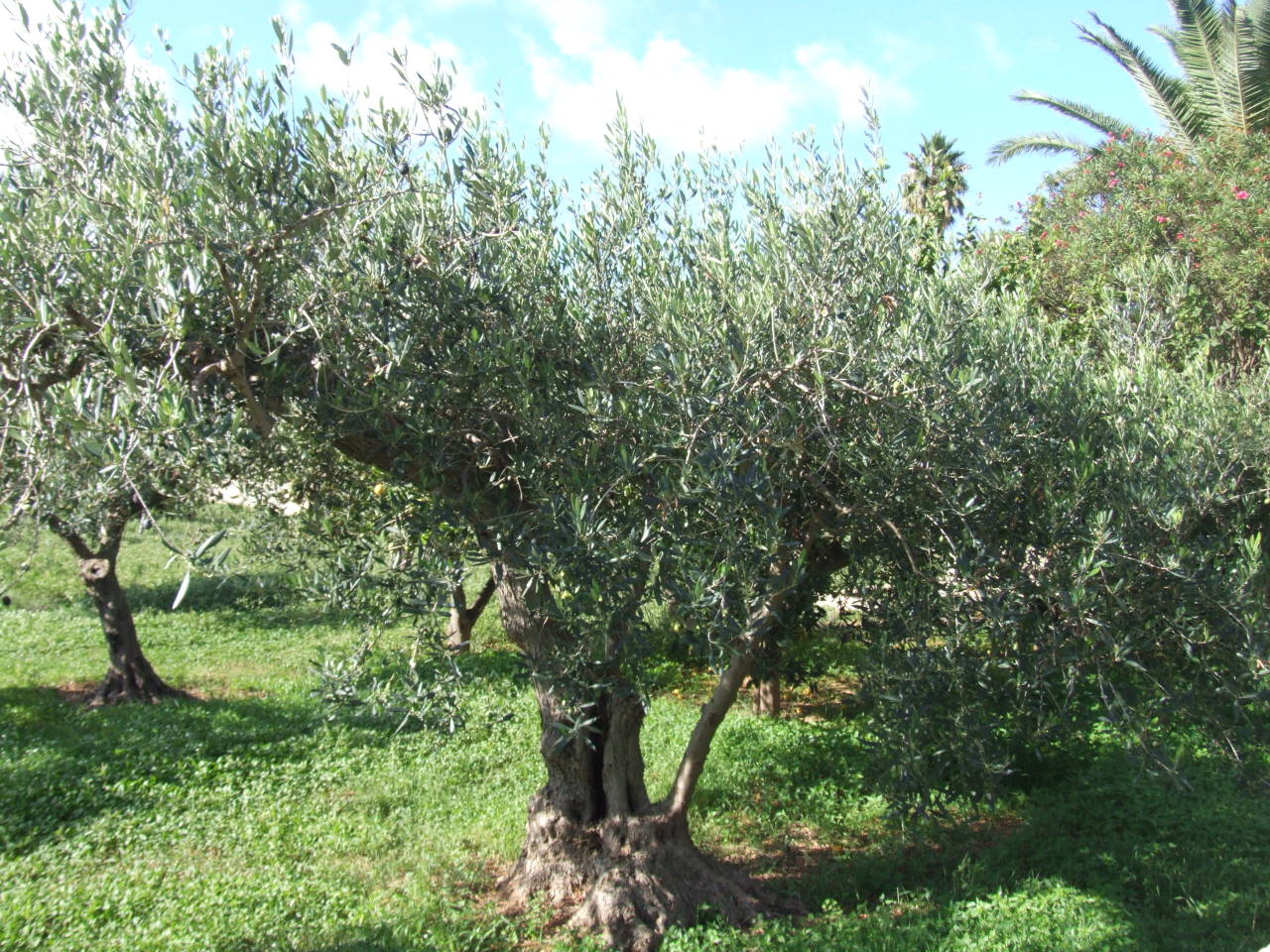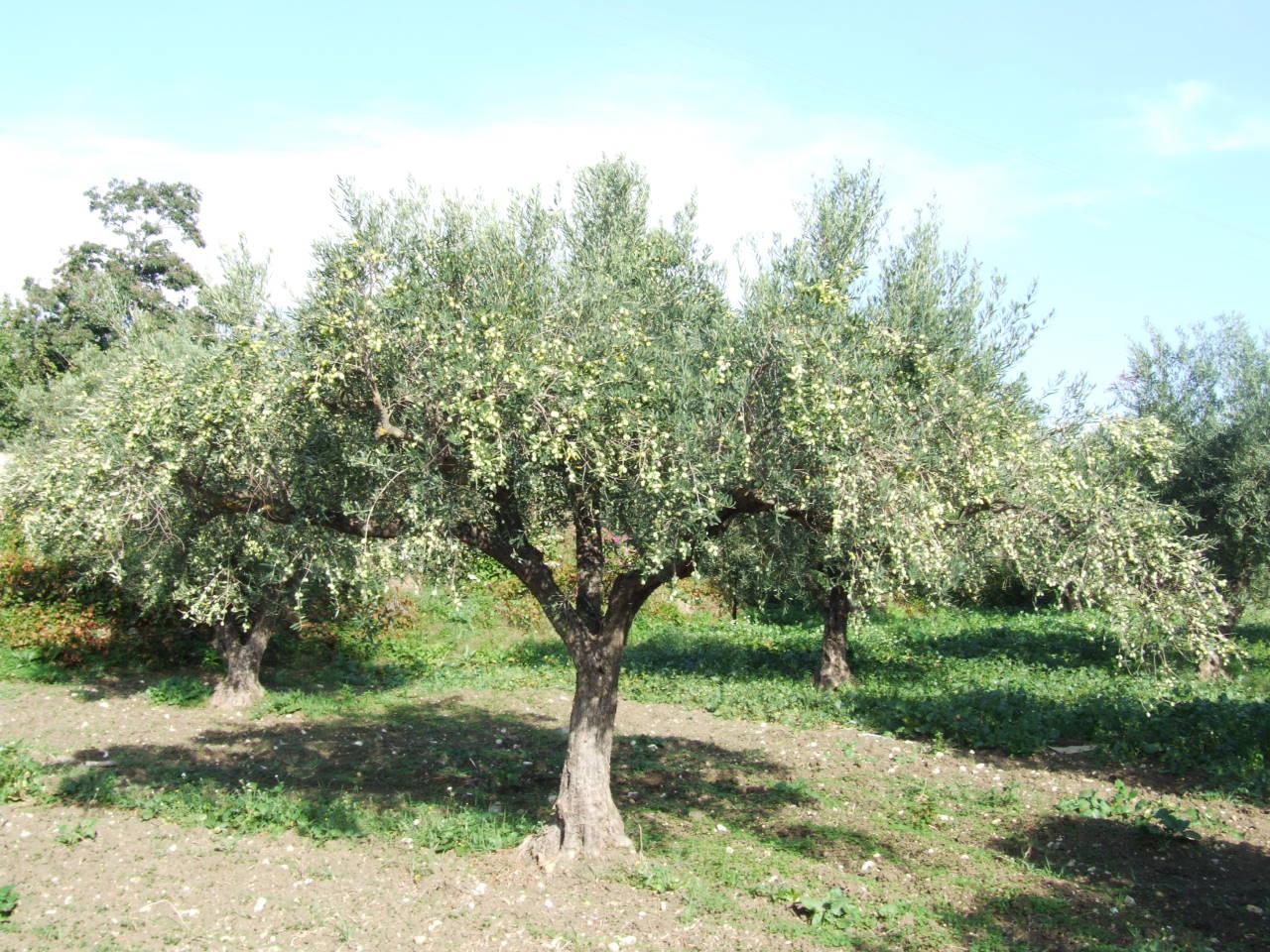The Cerasuola is grown on the north-western side of Sicily, in the provinces of Palermo, Trapani and Sciacca.
The vigourus plant, with an upright posture and expanded foliage, resists drought very well. The leaf is small, a tomentose upper page with folded flaps.
The average number of flowers is 22 and flowering starts in late April / early May.
The plant is also called Purrittara, Ugghiarola, Palermitana, Grappusa, Zimmusa, Ugghiaredda.
The fruit is medium-sized, spherical and deep green coloured when it’s not yet ripe, purplish black when it’s ripe.
The oil has excellent stability over time with a yield of about 20/24%. It has quite strong characteristics with a prevalence of bitter and spicy. When the olives are more ripe, the taste of the oil is more harmonious and balanced with hints of artichoke, while when they are still unripe, notes of green pepper can be seen.

The Biancolilla variety is widespread in the central-western area of the island, especially in the provinces of Palermo and Agrigento.
The plant has a pendulous posture and an expanded foliage. It has excellent plasticity of adaptation and resists late frosts. The narrow leaf is light green on the upper side.
The average number of flowers is 18, short and compact and flowering also occurs in late April / early May.
It is also called Palummara, Janculidda, Buscionetto.
The fruit, in the years of charge, has a small ovoid shape and a color ranging from pale green to purplish pink. On the other hand, in the unloading years, it is medium sized and the color ranges from pea green to vinous red.
The oil has an average stability over time and the average yield is 16/20%. It has a light, delicate fruity aroma, with a “sweet” flavor while bitterness and spiciness are not very evident.

The Nocellara del Belice variety is present in the areas of Castelvetrano, Campobello di Mazara and Partanna di Trapani.
The plant is vigorous and has a pendulous posture. It has straight and wide leaves which are bright green.
The average number of flowers is 20, in bunches of 4-5 distinct and its flowering period is in late April / early May.
The plant is also called Nebba, Mazzara, Nuciddara.
The fruit is very large, almost spherical and the color ranges from intense green to vinous red and has a dual purpose: in addition to giving a very good oil, it is also an excellent table olive.
The oil has good stability over time and a yield of about 18/20%. When the olives are harvested green, the oil has a good fruitiness with good evidence of spiciness and bitterness, while hints of tomato emerge when fully ripe. In the inland hilly areas these sensations are even more pronounced.
